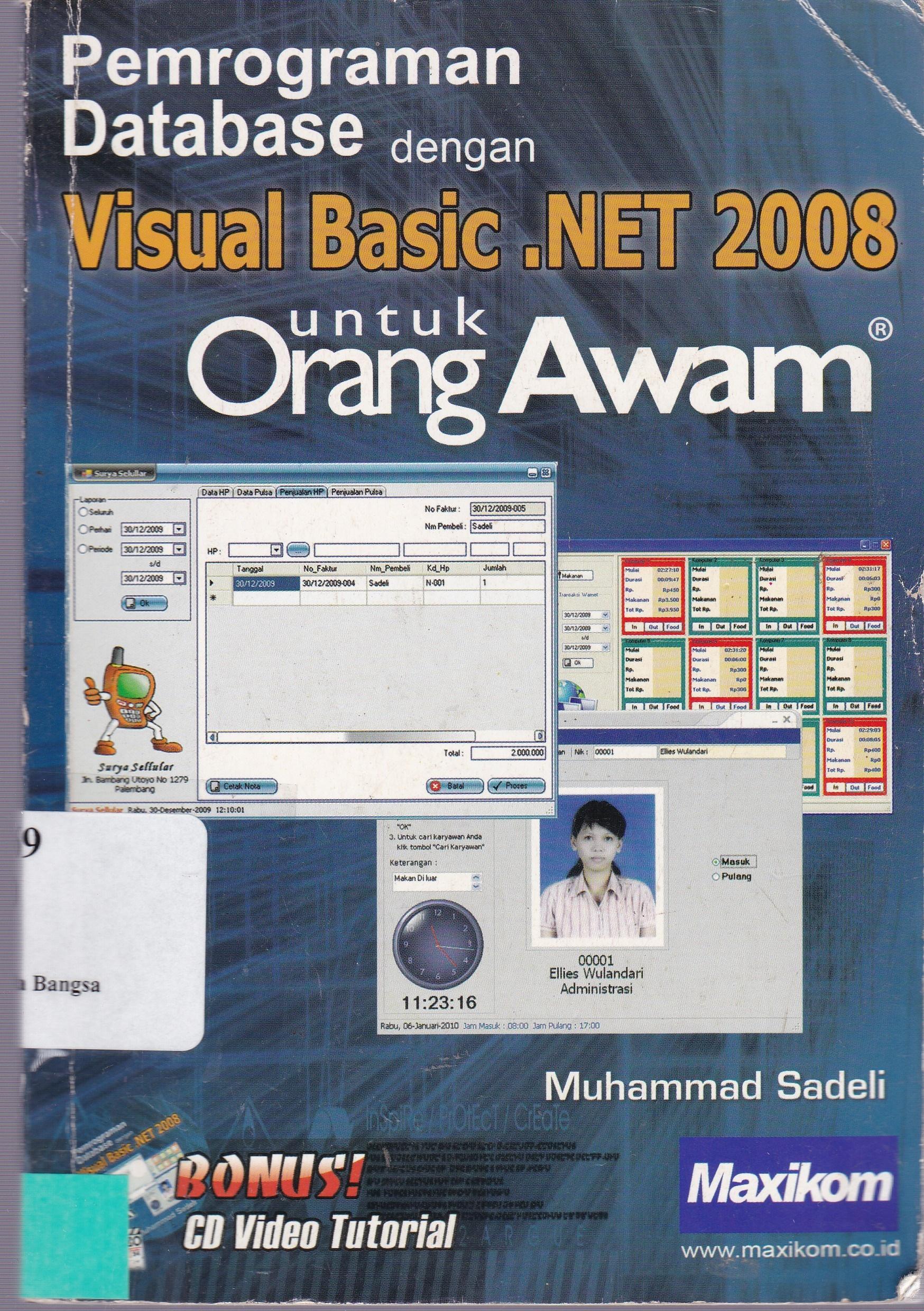Written by a social worker for social work students, this is a nuts and bolts guide to statistics that presents complex calculations and concepts in clear, easy-to-understand language. It includes numerous examples, data sets, and issues that students will encounter in social work practice. The first section introduces basic concepts and terms to provide a solid foundation in statistics. It also addresses tools used by researchers to describe and summarize data ranging from single variables to assessing the relationship between variables and cause and effect among variables. The second section focuses on inferential statistics, describing how researchers draw conclusions about whole populations based on data from samples. This section also covers confidence intervals and a variety of significance tests for examining relationships between different types of variables. Additionally, tools for multivariate analyses and data interpretation are presented. Key Features: Addresses the role of statistics in evidence-based practice and program evaluation Features examples of qualitative and quantitative analysis Each chapter contains exercise problems and questions to enhance student learning Includes electronic data sets taken from actual social work arenas Offers a full ancillary digital packet including a student guide to SPSS with accompanying Data Set, an Instructor's Manual, PowerPoint slides, and a Test Bank
qualitative methods and statistics, 4, 352–353 qualitative variables definition, 5
variability, 40–41, 40t quantitative research methods, 4 quantitative variable, 5
quasi-experiments, 138 questions, answers to, 425–452 quotient, 409 R R2, 368
r ...










